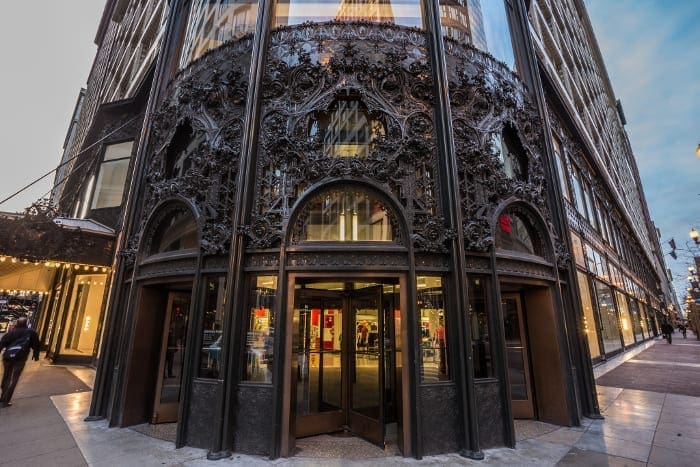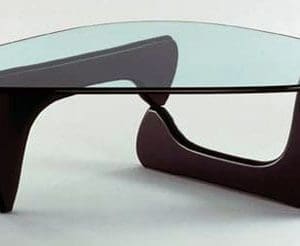A discussion of a simple pattern for success when introducing new ideas; what does success looks like? Understand the outcome you want to create, and figure out a path to get there.
Design has been a recurring theme for me lately – in writing and in conversation – and I keep seeing opportunities for applying Design Thinking to different types of work …
- Implementing new systems and supporting process change
- Managing simple and complex projects
- Collaborating and sharing knowledge
- Building user interfaces
- Creating effective presentations
- Targeting strategic and tactical business outcomes
- Developing and Introducing new products and services
There are plenty of ways to attack the challenges in that list, but consistent success comes from a simple pattern, applicable to all of them – understand what success looks like. What is the end you are trying to achieve? Understand the outcome you want to create, and figure out a path to get there.
And every time, the critical element of that success will be the people involved. Change really begins when you start to learn and understand how people will use whatever you are working on – and you start to get your head around the changes in behavior, and changes in understanding, that you are trying to make happen.
You have to understand …
… how people use your stuff, how they like to use your stuff, how they prefer to use your stuff
… what people think when they use your stuff, and how your stuff makes them think
… how people feel when they use your stuff, and how your stuff makes them feel
… how your stuff works with the tools and processes that people work with, the jobs that people do, every single day
Consider my list again … how are people critical to each?
- Systems and Processes: Change is stickier when it is relevant and meaningful to the participants – so make them part of the process design, give them a voice in the outcome
- Project Management: It’s all about managing expectations – by laying out the critical path, and communicating succinctly to opinion leaders, broadly to the greater team
- Collaboration: Connecting, sharing, and understanding depend greatly on how teams think – especially for those who are not in the same room, who you haven’t met yet
- Interaction Design: Using visual cues to explain complex ideas, and facilitate complex behaviors, requires an understanding of the end user interacting with your work
- Business Outcomes: A clear understanding of the goal really helps Marketing, Sales, Operations, and Finance understand the Why behind all the What and How
- Product Development: The best source of feedback regarding what features and functions are needed, are valued, is the end customer; listen to them, find out how to make them a success
If people are the ultimate target, then it just makes sense to ask for their input. How do they understand what you are trying to say? How would they use a system like this? How does this confuse you – what about this makes sense? Which takes me back to Design Thinking; HBR spent a lot of type covering it in their Sept 2015 issue, and there are plenty of nuances to understand. But I see the common thread, applicable to the projects above, as simply this … ask for their opinion.
What works for you? What makes sense? Can you read this?
Are you understanding the point I am trying to make?
Can you use this? Will you use this? Are you using this?
What would make you use this more?
What will make you buy this, change your mind, accept the new idea?
Pay attention to how your work becomes useful, creates value for the intended recipient. Listen closely, iterate often, always seek to improve, based on feedback. Purposeful, thoughtful Design Thinking drives to that success, makes it happen.
Recommended reading on Design Thinking … to get you thinking …
- Design for Action (HBR) – How design thinking can help strategic and system innovators make the new worlds they’ve imagined come to pass.
- The User’s Journey (A List Apart) – Book excerpt; understanding the steps a web site user has to take to get the task accomplished (a study in empathy)
- Design Thinking Shakes Up The Beige World Of Enterprise Software (Fast Company) – What does it even mean for an ERP system to “delight” its end users? It depends.
- Design Thinking Comes of Age (HBR) – There’s a shift under way that puts design much closer to the center of the enterprise. But the shift isn’t about aesthetics. It’s about applying the principles of design to the way people work.
15 May, 2016






Comments (0)